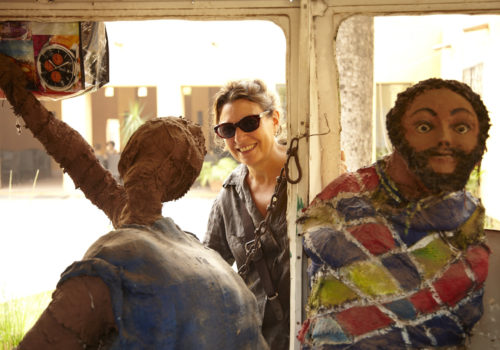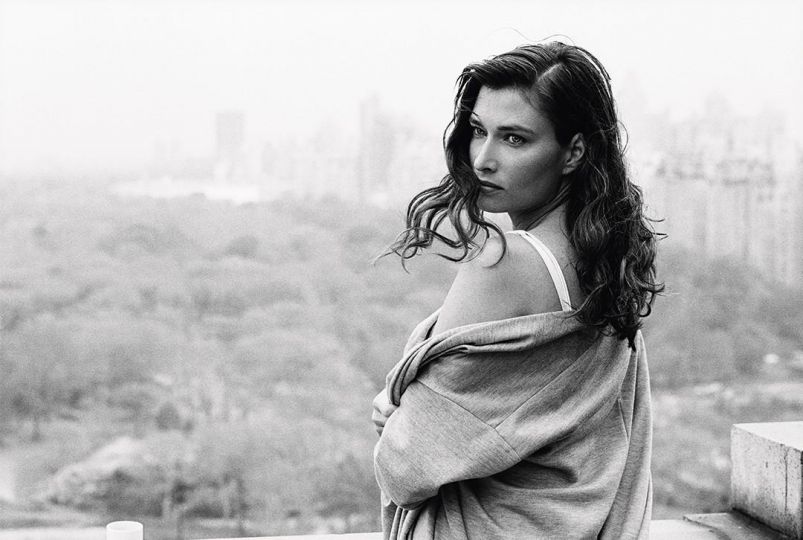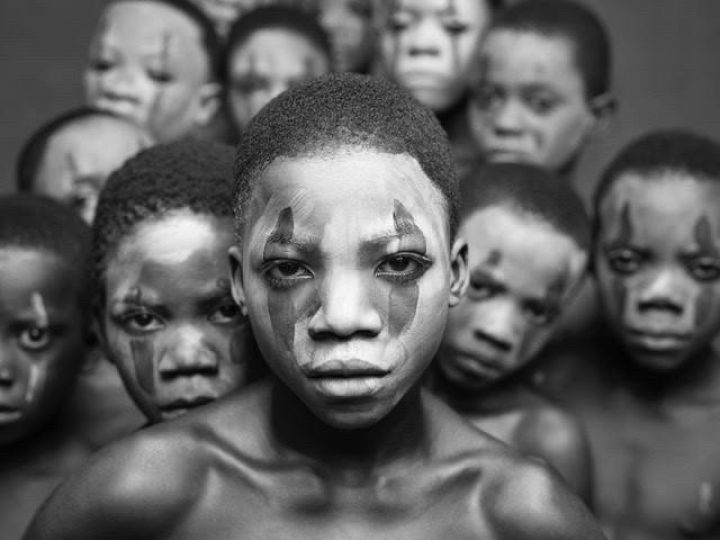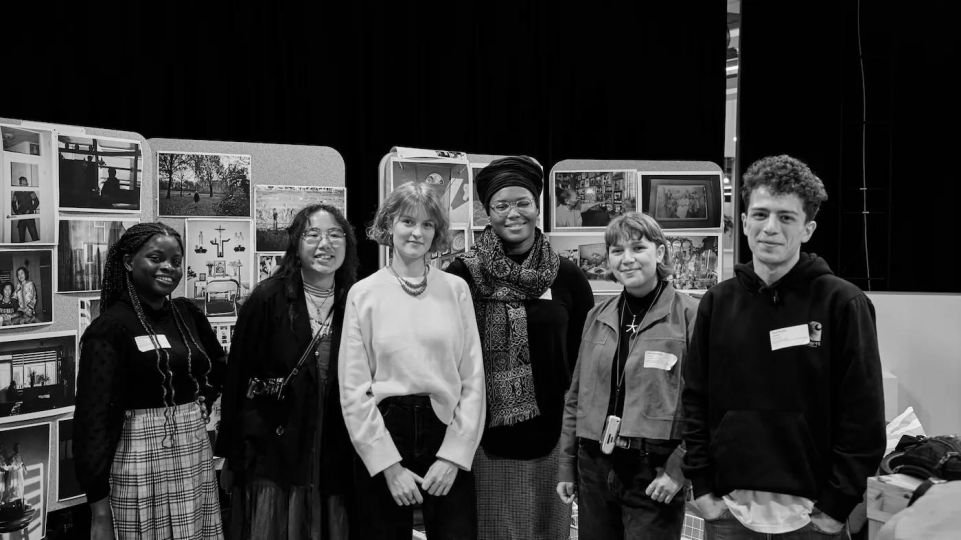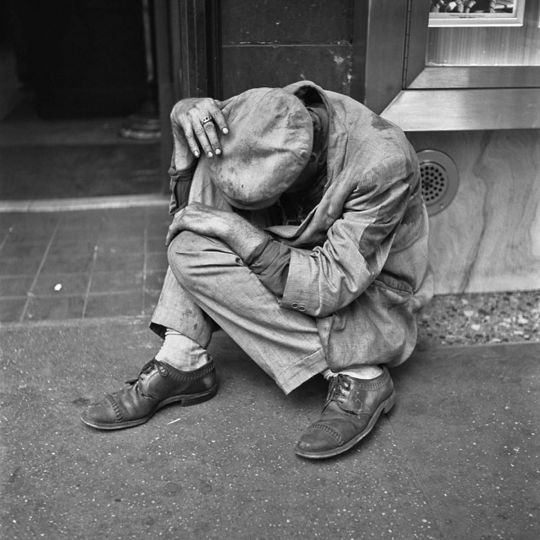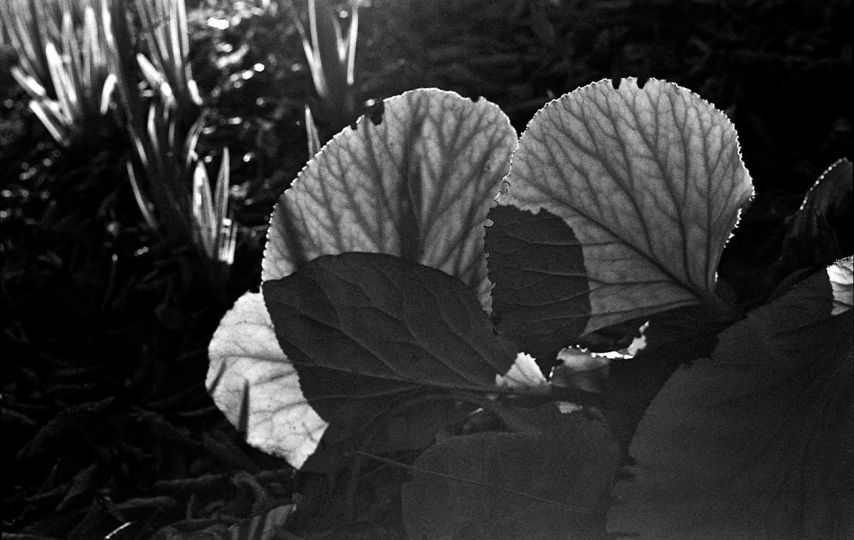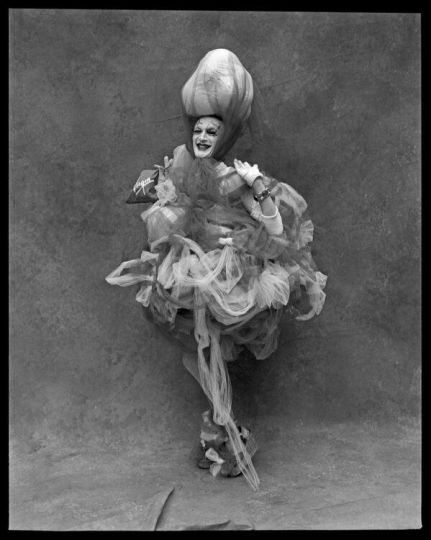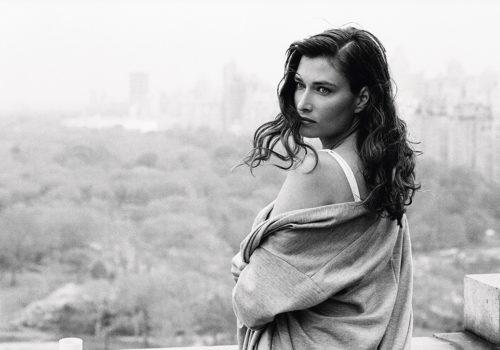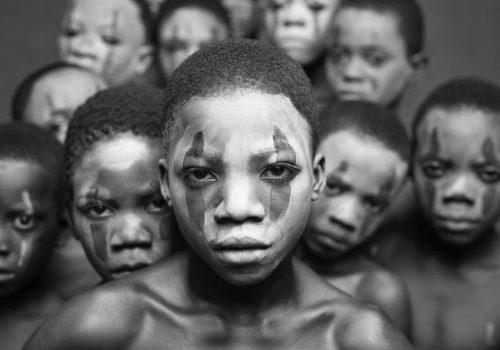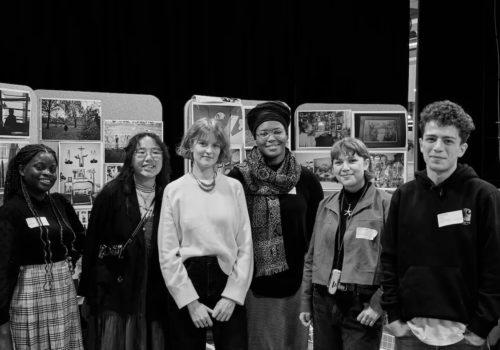Christian Caujolle: You are the curator of the Biennale de Bamako for the second time. What has changed ?
Laura Serani: Many things have changed on many levels since 2009. New energies have emerged while instability has settled in consequence to the general political and economic context and the wave of rebellions that have affected the African continent.
As for the Rencontres, the 50th anniversary of Mali’s independence helped it and many other countries undertake major renovations, opening new exhibitions spaces for the Biennale. Previous experience allowed us to further reflect, identifying our strong and weak points, making better use of time and situations with serenity. The fear of working with new teams quickly dissipated, allowing us to discover new protagonists, especially the team at the National Museum of Mali.
Christian Caujolle: You work as a team of curators. How do you work together on the artistic program?
Laura Serani: It was a choice. In 2009, we offered a shared vision for the artistic direction, and our contracts were renewed for this edition. In order to work together, it is fundamental to have a shared vision, to share a joint global project and to be on the same wavelength. We must first develop an artistic theme and program, then there are departments we work on together and those we follow individually. This allows for dialogue between two people who have a tendency to focus on their artists and as a result, work independently. At the Rencontres de Bamako, we have an ongoing dialogue with our General Manager, Samuel Sidibé, who has a key role and is a perfect sounding board for our evolving choices.
Christian Caujolle: For the past two years, events across the continent have been very powerful. Did they influence your selection process?
Laura Serani: We chose to work on themes directly related to political and social reality, Borders in 2009, and “sustainable development” this year, each time providing a broad perspective of different artistic approaches and work methods. The spring revolts in Tunisia and Egypt very naturally captured our attention, like the rest of the world, it seemed important to provide space for the photographers and artists involved. That is how Michket developed the project for the “Arab Spring”.
Christian Caujolle: Have you observed the emergence of any new movements, and if so, how do they differ from what is happening in Europe?
Laura Serani: It involves a very profound introspection that would require answers difficult to formulate only a few days before the Biennale’s opening. Photography evolved very quickly, in large part due to the digital revolution, the evolution of the art market, the increase of hybrid art-forms, etc.
In Africa, even if it is still difficult to generalize, given the continent’s vast diversity, photography is also, to some degree, under the same influences.
Digital technology allows us to reduce distances, to relieve the isolation that photographers in Africa long suffered from, to reduce costs and problems related to supply shortages, allowing them to increase production. A whole new generation now has access to photography. Far from movements or influences, African photography also grew in a neutral environment, without preconceived notions, providing it with spontaneity and freedom of expression. The aspects that seem to emerge are creativity, originality, and taking a political stand, even if it comes through subversion, irony, or metaphor.
Christian Caujolle: The Pan-African exhibition is one of the highlights of this year’s festival. Does it provide a unified impression of the continent as the name might indicate?
Laura Serani: The Pan-African exhibition offers a sort of inventory, without having the pretension of being complete, of production and contemporary creation while focusing on a particular theme. More than unity, I would talk of complexity.
Christian Caujolle: Is it possible to characterize African photography today?
Laura Serani: For the longest time, it was the studio portrait. Today, it is far less prevalent, the market hasn’t imposed any new tendencies, from news to illustration to publishing, photographic languages have diversified and artistic research has spread.
But I have noticed a certain specificity in the point of view and the critical eye photographers tend to have in regards to their impressions of reality, current events, and their political statements, either direct or indirect, are very frequent.
Christian Caujolle: Is there an artist that stands out in this year’s edition, if so, who, and why?
Laura Serani: Luckily, that won’t be possible.
The selection for the Pan-African exhibition includes 55 artists, which was enough of a difficult and acrobatic exercise.

